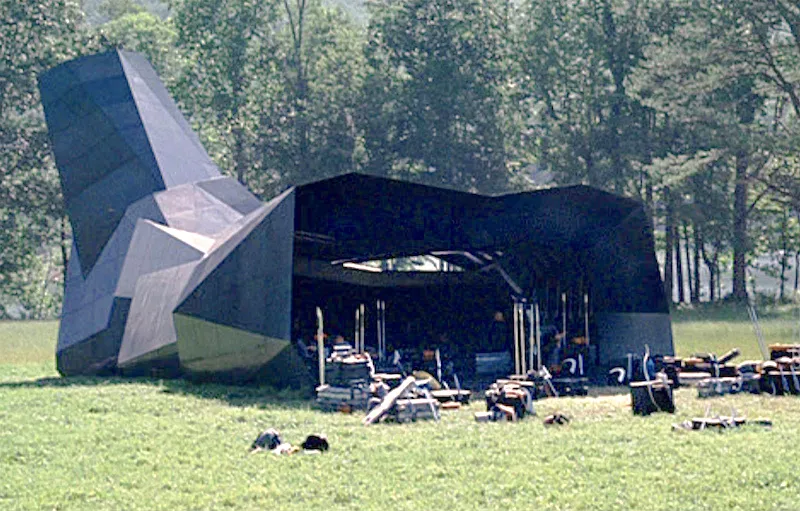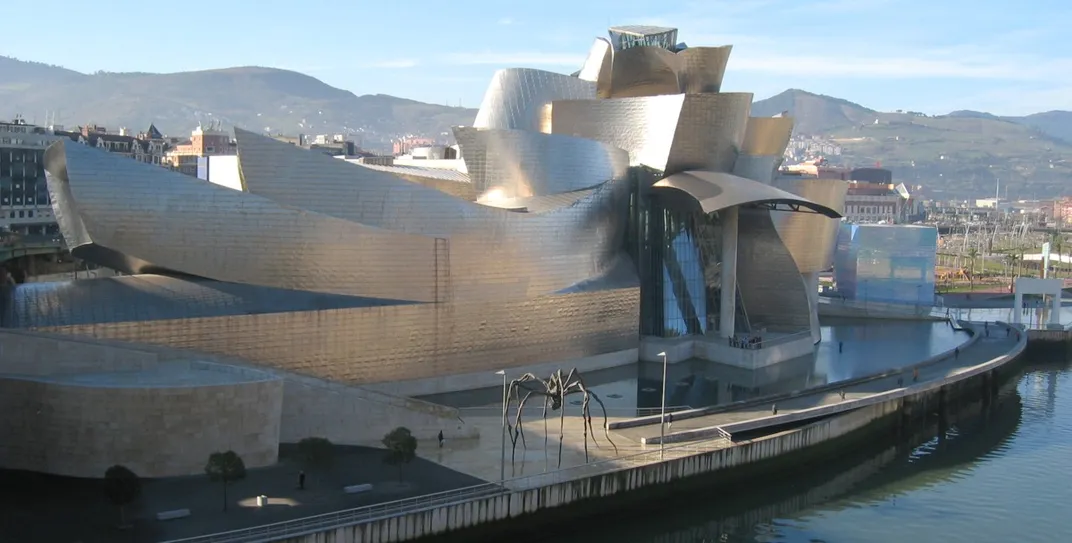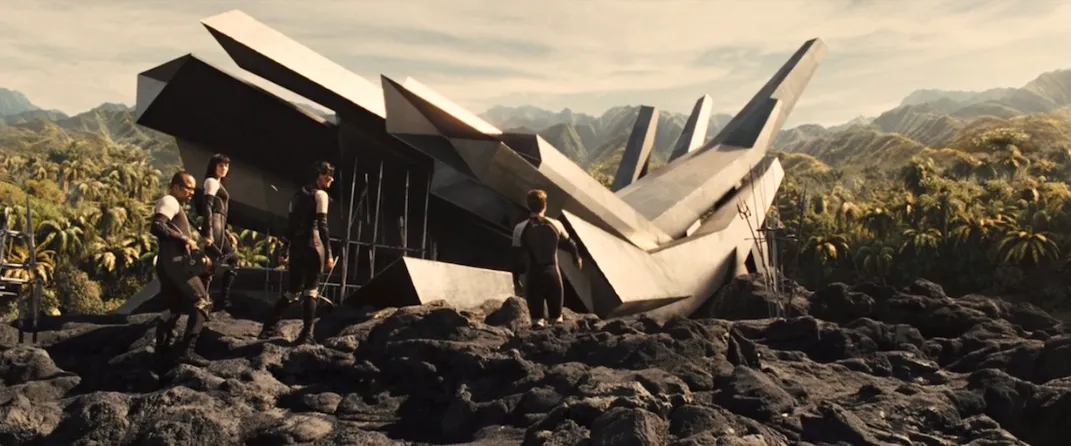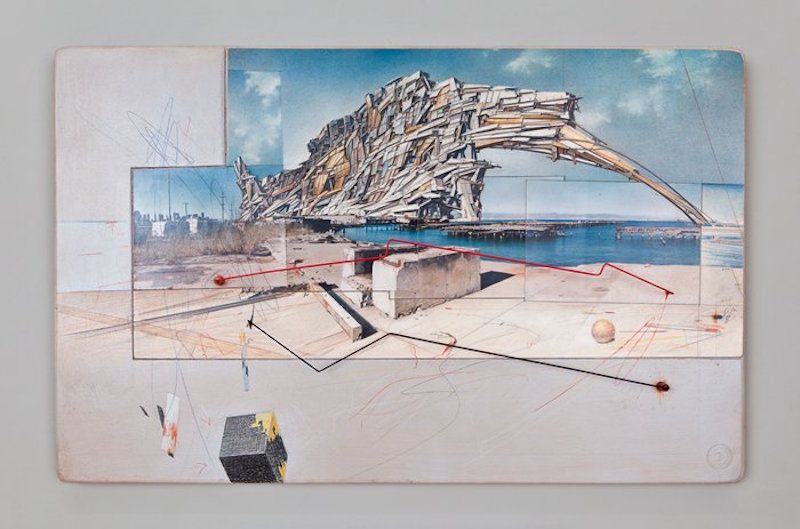The Architecture of the Hunger Games’ Horns of Plenty
What inspired the architectural object at the center of the Hunger Games arena?
/https://tf-cmsv2-smithsonianmag-media.s3.amazonaws.com/filer/2e/cf/2ecf4b72-8804-4eab-871a-f471bc4d850c/screenshot20120407at20432pm.png)
On Thanksgiving dinner tables across Norman Rockwell's America, wicker horns of plenty will overflow with fruits or vegetables or flowers or whatever else your weird families’ traditions call for. According to one ancient myth, the first cornucopia was torn from the head of a goat to magically provided unending nourishment for the baby Zeus. According to a more modern myth, the last cornucopia was a stylized horn bigger than my apartment that provided rations and weapons to Katniss Everdeen and her fellow tributes during the 75th annual Hunger Games.
Obligatory opening confession: I’ve never read The Hunger Games. I do, however, enjoy the movies - largely thanks to the design of the dystopian future in which the series is set. With each film, I look forward to seeing more of opulent fashions of the style-obsessed dilettantes that populate the Capital and outrageous architecture of the futuristic fascist regime. More than anything else though, I love the Cornucopia - the horn of plenty at the center of each Hunger Games arena. The films' production designers just nailed it, creating something dramatic and memorable that subverts the familiar woven symbol of nourishment by transforming it into an unfamiliar, menacing cavern full that inevitably becomes the site of a slaughter.

In the first film, the Cornucopia looks like it’s made from futuristic folded carbon fiber or some darkened metal panels. Production designer Phil Ross was determined to get the look right, and looked to a well known architect for inspiration.“I was a bit scared of how the Cornucopia was going to look, but in the end it is one of my favorite pieces in the whole movie – a huge, nasty sculptural horn in the middle of a field,” he says. “We looked at Frank Gehry designs and a lot of modern architecture with folded planes and fractalized surfaces and kind of riffed on all of that. It looks like it fell from the sky onto this field.” Looking at Gehry’s Guggenheim Museum in Bilbao, Spain, the influence is clear:

Two other architects, though not specifically mentioned by the production designers, immediately come to mind as possible influences. Daniel Libeskind and Greg Lynn are leaders in the field of “folded planes and fractalized surfaces.” Libeskind is known for aggressive angular structures that are full of symbolic content but clash with their context, looking like they crash-landed onto their site. Lynn is a pioneer in the use of digital design tools to create irregular architectural forms that look both folded, fragmented, and often organic; more recently, he’s been exploring the union of a building’s structure with its form.

The second film Hunger Games film, Catching Fire, introduced a new Cornucopia shaped with overlapping and intersecting reflective metal forms.

The aforementioned architects all still seem relevant influences, but looking at this more fragmented design, another name comes to mind: the architect-theorist Lebbeus Woods (1940-2012). No stranger to apocalyptic futures, Woods envisioned fantastical structures built from the detritus of ruined buildings in crisis zones. He often describes his designs as “scabs” and “scars” that serve as architectural reminders of war or disaster.

The most recent Hunger Games film, The Mockingjay (Part 1) is in theaters now and, unfortunately, it looks like the denizens of Panem are too busy fighting a revolution to stage another hunger games and introduce another iteration of the Cornucopia. So this year I will satisfy my design cravings with my dinner cravings by starting a new weird family tradition of my own: a DIY Hunger Games Cornucopia centerpiece. I still need to figure out what architect I’ll look to for inspiration, but I do know that it will not be overflowing with axes and knives and tridents, but the decidedly less lethal fare of a typical thanksgiving dinner - although Aunt Evelyn’s green bean casserole has probably taken down more good men than Katniss’s bow.
/https://tf-cmsv2-smithsonianmag-media.s3.amazonaws.com/accounts/headshot/Jimmy-Stamp-240.jpg)
/https://tf-cmsv2-smithsonianmag-media.s3.amazonaws.com/accounts/headshot/Jimmy-Stamp-240.jpg)